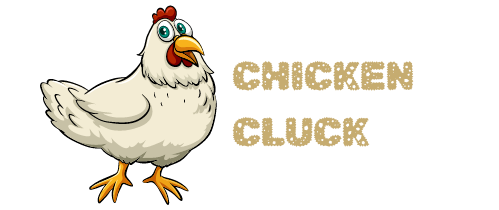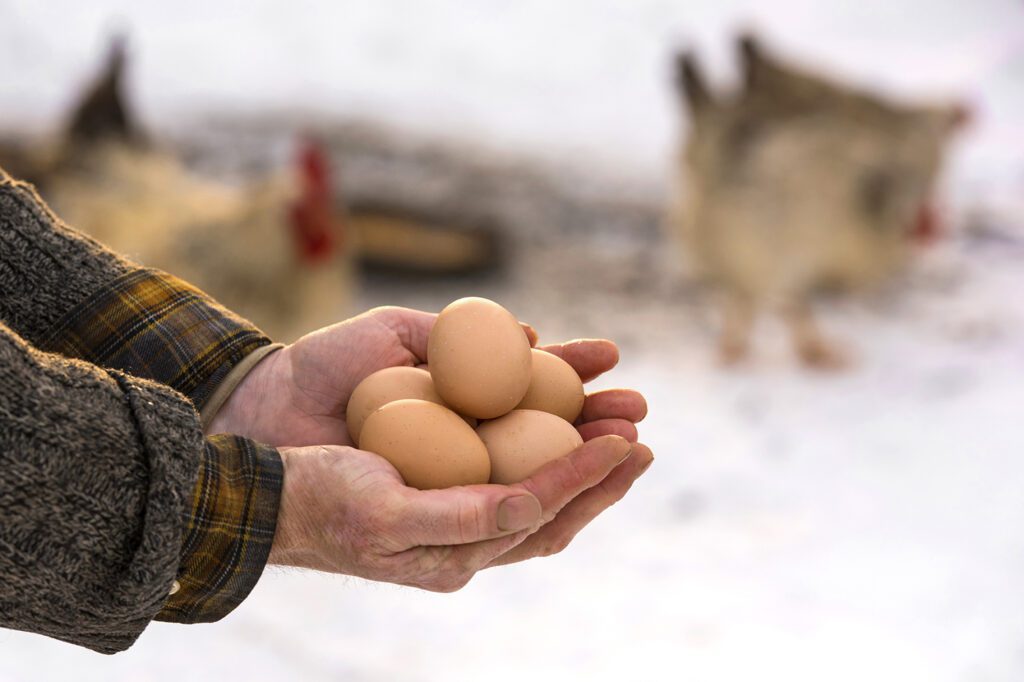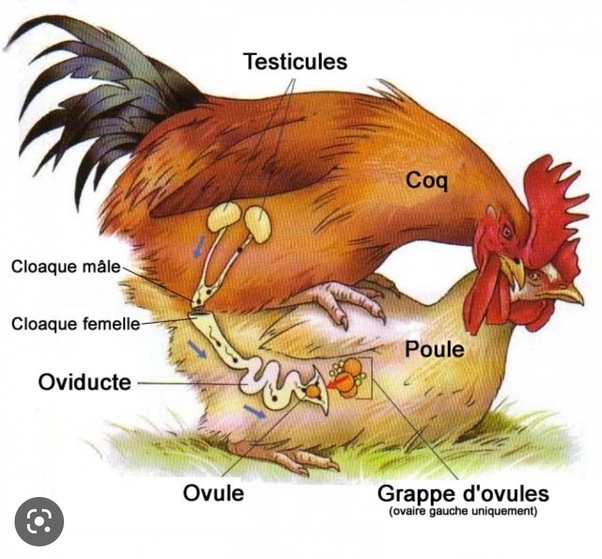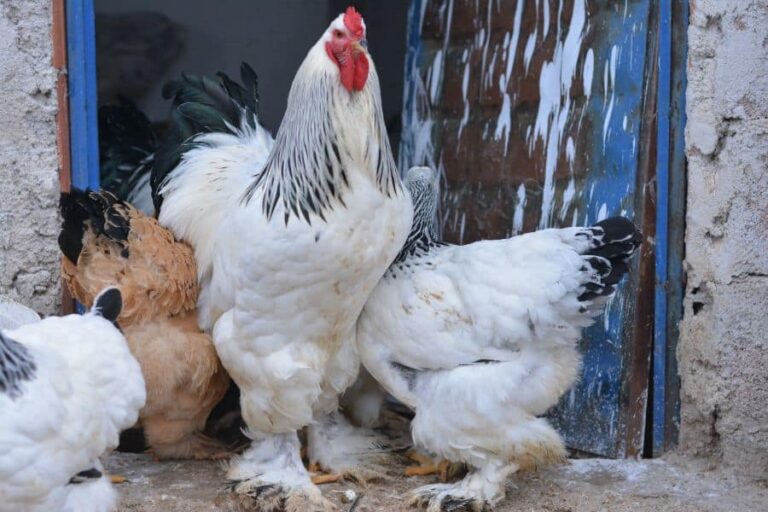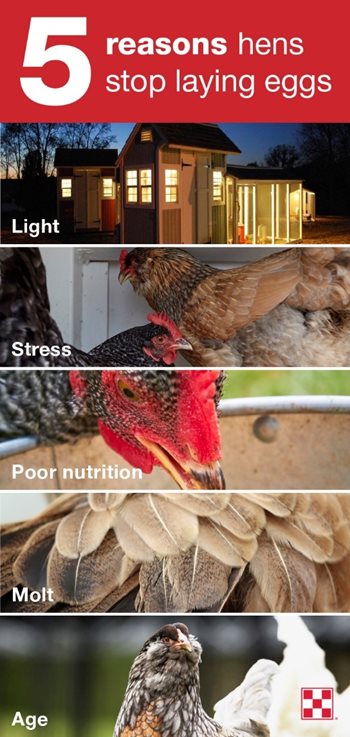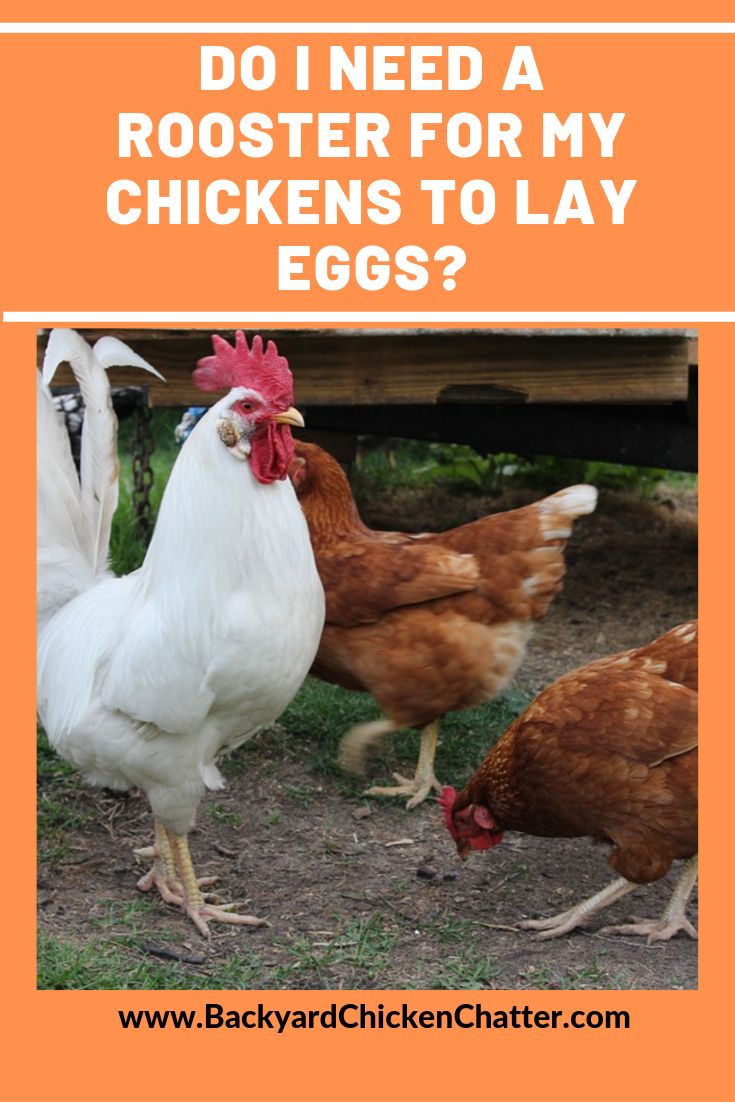Hens can lay eggs in winter, but production may decrease. Cold weather and shorter daylight hours affect laying frequency.
Hens have evolved to lay eggs year-round, but their productivity is often influenced by environmental factors. As the days grow shorter and temperatures drop, egg production typically slows down or even stops in some breeds. This natural cycle is tied to the hen’s reproductive system responding to light exposure.
Farmers can mitigate these seasonal effects by using artificial lighting and maintaining warm coop temperatures to encourage hens to continue laying. Backyard poultry enthusiasts and commercial egg producers alike often adapt to winter conditions to ensure a steady supply of eggs. Understanding and managing the seasonal laying patterns of hens is crucial for consistent egg production throughout the year.

Credit: m.youtube.com
Coping With Cold: Can Hens Lay In Winter?
When winter cloaks the world in its chilly embrace, backyard chicken keepers often wonder, can hens still lay in the cold? Understanding the biology of chickens and the influence of light on laying cycles is crucial for ensuring a bountiful clutch of eggs, even when the temperature plummets.
Chickens’ Biology And Cold Weather
It’s a common misconception that the cold stops egg production entirely. While hens are indeed warm-blooded creatures, their bodies are well-equipped to handle lower temperatures. The key lies in proper care and environment. Providing a insulated coop and ensuring they maintain a balanced diet rich in calories helps them keep warm and sustain egg laying.
- Insulate the chicken coop to keep hens warm
- Offer high-energy feed to maintain body heat
- Ensure hens have access to unfrozen water
The Influence Of Light On Laying Cycles
Light is a more crucial factor than cold when it comes to laying eggs. Hens need adequate daylight hours to produce eggs consistently. During winter, the shorter days mean less natural light, which can lead to decreased egg production. Counter this by using artificial lighting indoors to mimic longer daylight hours.
| Winter Day Length | Recommendation |
|---|---|
| Less than 14 hours | Add artificial light in the morning |
| Less than 10 hours | Supplement up to 14-16 hours of combined light |
Take note, the light doesn’t need to be intense; a low-wattage bulb will suffice. The goal is to extend the day, tricking the hens’ biological clocks into maintaining productivity.
Egg Production Cycle
The Egg Production Cycle is a key aspect of poultry farming.
Hens undergo natural processes that determine when and how often they lay eggs.
Typical Laying Patterns For Hens
Laying patterns are not random.
They follow a cycle influenced by various factors.
- Light: Hens need light to lay eggs.
- Age: Younger hens lay more often.
- Breed: Different breeds have different patterns.
A hen’s prime laying period starts at about 6 months.
It can last for several years.
On average, hens lay one egg every 24 to 27 hours.
But, this isn’t always the case.
How Winter Affects These Patterns
Winter brings shorter days and colder temperatures.
These changes can disrupt a hen’s laying cycle.
| Factor | Effect on Egg Production |
|---|---|
| Less daylight | May cause a decrease in laying. |
| Cold stress | Hens use more energy to stay warm, not to lay eggs. |
| Feeding | Energy diverted to heat rather than egg production. |
Some farmers use artificial lighting to mimic longer days.
This can help maintain egg production.
Laying might still slow down but typically does not stop entirely.
Light Exposure: Key To Winter Laying
As the winter months approach and the days get shorter, backyard chicken keepers may wonder, “Do hens lay eggs in winter?” The answer is closely linked to light exposure. Understanding how daylight affects your hens can be crucial for maintaining egg production all year round.
Importance Of Daylight For Egg Production
Hens need sufficient daylight to lay eggs. Their reproductive systems are sparked by light. Normally, hens require about 14 hours of daylight to trigger egg laying. Winter’s shorter days can disrupt this natural cycle. Without enough light, egg production may slow down or even stop entirely.
Artificial Lighting Solutions
Fortunately, artificial lighting can help fill the gap during those dark winter months. By setting up an artificial light source, you can mimic the longer days of spring and summer, encouraging your hens to continue laying. Here’s how:
- Choose the right type of light: LED or incandescent bulbs can work well.
- Position the light effectively: Ensure it evenly illuminates the coop.
- Use timers: Automate light exposure to simulate natural daylight patterns.
With these simple adjustments, your hens won’t even notice the winter season. They’ll keep laying eggs, providing your family with fresh, home-produced eggs even on the coldest days.
:max_bytes(150000):strip_icc()/101119984-bb8d19999e5945489049d4705234e5cb.jpg)
Credit: www.agriculture.com
Temperature Stress And Its Impacts
When winter blows in, backyard chicken keepers often wonder about their hens. Will hens lay eggs even when it’s cold outside? Hens do dare to defy the chill, but not without struggle. Their laying patterns can wane due to temperature stress. Let’s unravel how cold affects these birds and what you can do to keep eggs in your basket all winter long.
How Chickens Respond To Cold
Chickens are hardy creatures, yet winter’s bite can test their limits. Their bodies strive to maintain warmth, pulling resources away from egg production. This natural shift can lead to fewer eggs. But fear not! Chickens flaunt a fluff-up trick, puffing out their feathers for an extra layer of insulation.
Maintaining Productivity During Temperature Drops
To keep your hens happy and laying, consider some cozy coop tweaks. Insulation and draught-proofing are key. Offer them high-energy feed to fuel their internal heaters. And remember, water is vital. Unfrozen drinking sources ensure your hens stay hydrated for prime egg production.
Top Tips for Winter Hen Care:
- Insulate the coop without blocking ventilation
- Install coop heaters cautiously to avoid fires
- Provide energy-rich feed to help hens stay warm
- Check water multiple times a day to prevent it from freezing
- Increase the light exposure as daylight wanes
Nutritional Needs In The Cold Season
As winter approaches, hen keepers often wonder if their feathered friends will continue to provide fresh eggs. Egg laying can indeed slow down during the colder months. This is due to shorter days and lower temperatures. Yet, with proper care and nutrition, hens can still regularly lay eggs.
In winter, hens need more energy to stay warm. Their diet must help them maintain body heat and egg production. This calls for an increase in protein and fat. Let’s explore how dietary adjustments and supplements can support your hens during these chilly months.
Dietary Changes To Support Laying Hens
- Boost Protein Intake: Aim for 16-18% protein in their diet.
- Increase Calories: Add grains like corn, which provide extra energy.
- Fats for Warmth: A little extra fat helps hens conserve heat.
- Fresh Water: Always supply unfrozen water to aid digestion.
Supplements To Enhance Winter Egg Production
- Vitamin D: Mimic sunlight exposure with vitamin D supplements.
- Calcium: Oyster shell supplements ensure strong eggshells.
- Fatty Acids: Flaxseed or fish oil can increase egg output.
- Probiotics: Support gut health for better nutrient absorption.
With these dietary changes and supplements, your hens can thrive and produce eggs, even when Jack Frost is nipping at their beaks.
Coop Conditions For Optimal Laying
As winter draws near, chicken keepers ponder a crucial question: Do hens lay eggs in winter? The answer lies in the conditions provided. Hens need a cozy, calm space to keep laying. This post explores how to prepare your coop for winter to maintain egg production.
Creating A Winter-ready Coop Environment
The right coop can mean the difference between a steady supply of eggs and an empty nest come winter. Focus on these essentials:
- Insulation: Keep the cold out and the warmth in.
- Ventilation: Avoid moisture buildup that can harm your hens.
- Light: Artificial lighting can compensate for shorter days.
Insulating the coop doesn’t mean sealing it tight. A balance of warmth and air flow ensures a healthy environment for hens. Set up a light on a timer to mimic longer days, prompting your hens to lay.
Protecting Hens From The Elements
Beyond the coop, hens need protection from winter’s bite. Here’s how to shield your flock:
- Barrier setup: Position windbreaks to deflect harsh winds.
- Cozy bedding: Use thick straw or wood shavings for insulation.
- Water access: Prevent water from freezing with heated bases.
Remember, a snug and secure coop encourages hens to lay. Check daily for any gaps or cracks, and ensure the flock has unfrozen water.
Breeds That Withstand Winter
As winter cloaks the countryside in frost, many chicken keepers ponder a fundamental question: do hens lay eggs in the chill of winter? Fret not, for certain plucky poultry breeds not only survive but thrive during these icy months, continuing to lay eggs.
Cold-hardy Chicken Breeds
Birds fluffing through snow without a ruffled feather are truly a sight to behold. Known for their resilience, cold-hardy chicken breeds come equipped with their own little down coats, ready to withstand Jack Frost’s best efforts. These breeds typically have small combs and wattles, reducing the risk of frostbite.
- Plymouth Rock: Calm and a consistent layer.
- Buff Orpington: Fluffy feathers for warmth and friendly to boot.
- Barred Rock: Hardy, robust, and unfazed by the cold.
- Rhode Island Red: Lay a bounty of eggs even when the mercury dips.
- Wyandotte: Round bodies and thick feathers say no to the cold.
Comparing Breed Laying Rates In Winter
Comparing breed laying rates during the frost season is like a window into each breed’s stamina. While some chickens view the snowy landscapes with scorn, reducing their laying rate, others near-miraculously keep the eggs coming.
| Breed | Winter Laying Rate |
|---|---|
| Plymouth Rock | High |
| Buff Orpington | Medium to High |
| Barred Rock | High |
| Rhode Island Red | Very High |
| Wyandotte | Medium |
Remember, providing a cozy coop and good nutrition affects laying rates. Keeping your feathered friends happy and healthy is key to a winter full of fresh eggs!
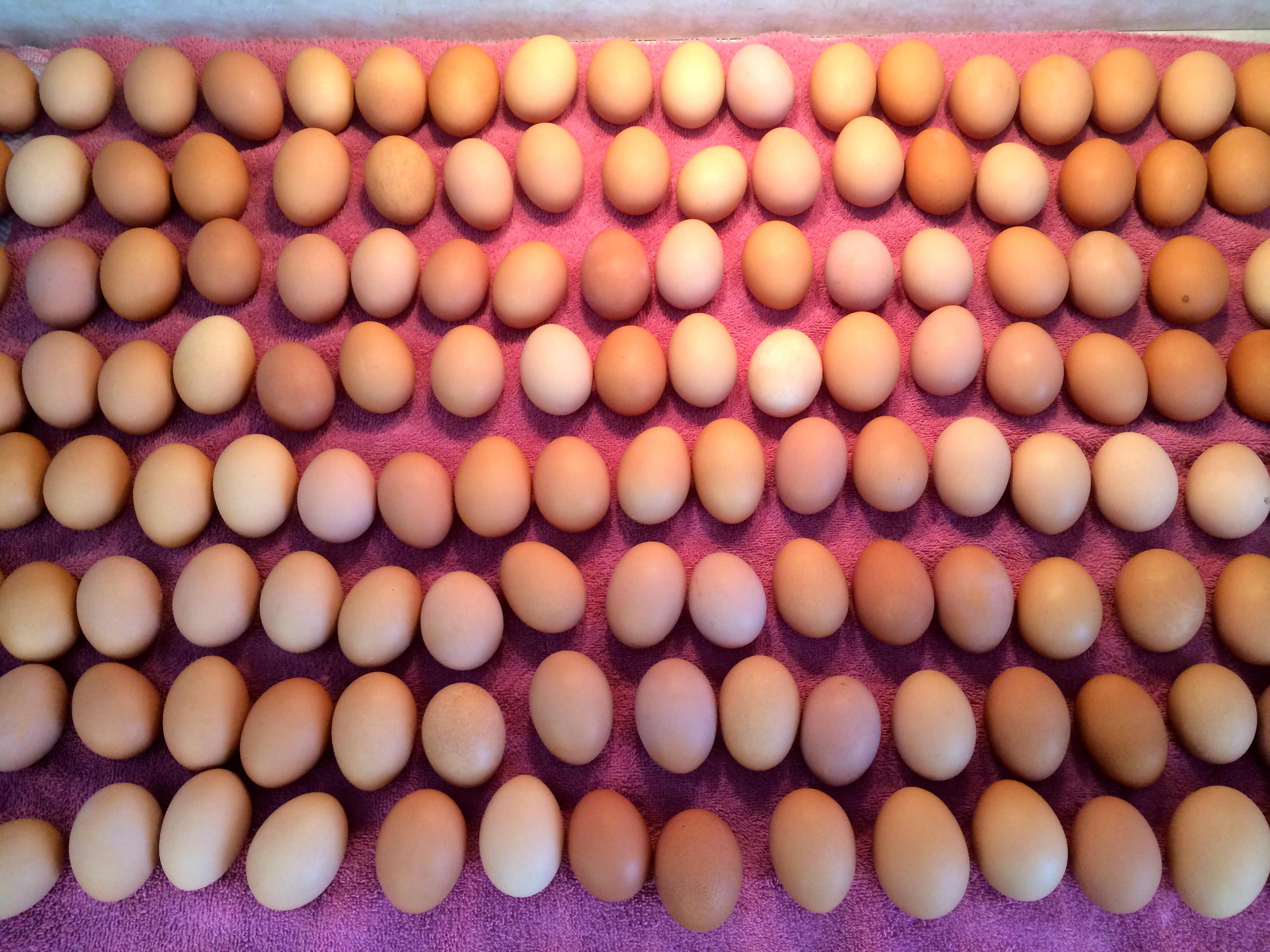
Credit: smithmeadows.com
Myths Vs. Facts About Hens And Winter
Curious about your hens’ behavior in the winter? Let’s crack some myths and sift through the facts about egg laying in the colder months.
Common misconceptionsCommon Misconceptions
- Hens can’t lay eggs when it’s cold – This is a myth!
- All hens need heating lamps to lay eggs – Not necessarily true.
- Hens always lay fewer eggs in winter – This can vary widely.
Scientific Findings On Winter Egg Laying
| Factor | Effect on Egg Laying |
|---|---|
| Light Exposure | Eggs need about 14-16 hours of light to maintain production. |
| Nutrition | Proper nutrition can help support egg laying. |
| Breed | Some breeds are more prolific in winter than others. |
It turns out, light, nutrition, and breed play crucial roles in a hen’s winter egg-laying. Daily light exposure is the key factor. Hens need this for consistent egg production. Ample nutrition, including increased protein and calories, is vital in the colder months. Certain breeds, like the Plymouth Rock or Orpington, are known to be resilient layers even when the temperature drops.
Conclusion
As the chill of winter sets in, a hen’s egg-laying can taper off, but it’s not a hard stop. Proper care, including ample light and nutrition, can sustain some egg production. Remember, letting hens rest during this natural slowdown can benefit their long-term laying potential.
Embrace the season’s rhythm and keep your feathery friends comfortable for a fruitful year ahead.
